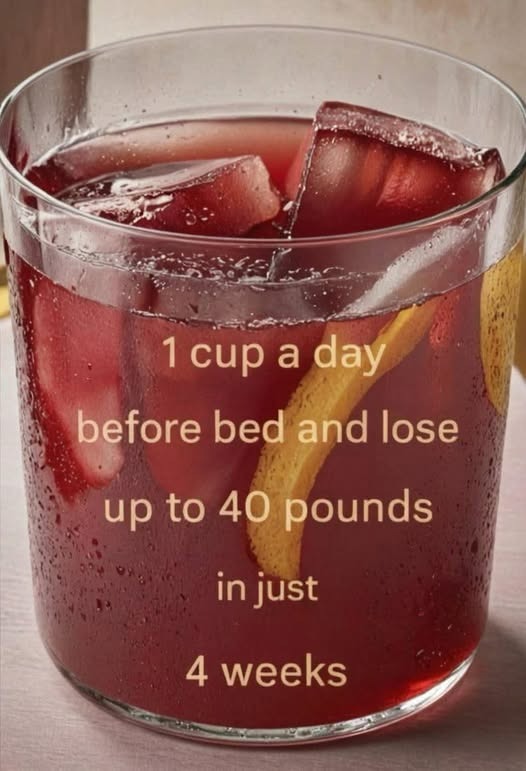The promise is incredibly seductive: “Shed 5.5 kg in just 3 days!” It’s the kind of headline that grabs your attention, especially before a big event or after a period of indulgence. You imagine yourself stepping on the scale and seeing a dramatically lower number, feeling lighter and triumphant.
But before you embark on any drastic plan, it’s crucial to understand the cold, hard truth: losing 5.5 kg of body fat in 72 hours is physiologically impossible.
Let’s break down what is actually happening to your body during such an extreme regimen, why it’s not the victory it seems, and the potential harm you could be causing.
The Shocking Truth: What Are You Actually Losing?
When you see the scale drop 5.5 kg in 3 days, you are not losing 5.5 kg of body fat. The math simply doesn’t add up.
To lose just 0.5 kg (1 lb) of pure body fat, you need to create a calorie deficit of approximately 3,500 calories. To lose 5.5 kg of fat, you would need a deficit of ~38,500 calories in three days. That means you’d have to burn over 12,800 calories more than you consume each day. For context, a person running a marathon burns about 2,600 calories.
So, what is that 5.5 kg? Primarily, it’s:
- Water Weight (The Biggest Contributor): Your body is about 60% water. Carbohydrates are stored in your muscles and liver as glycogen, and each gram of glycogen holds 3-4 grams of water. Drastically cutting carbs, calories, or using diuretics (including “detox” teas) forces your body to burn through its glycogen stores, releasing all the stored water with it. This can account for 2-4 kg of the loss.
- Digestive Contents: Extreme diets often severely restrict food intake. This means the weight of the food in your digestive system (and the waste waiting to be expelled) is significantly reduced. This can easily account for 1-2 kg.
- A Tiny Amount of Muscle Mass: When you crash-diet, your body panics for energy. Since it can’t access fat stores quickly enough, it may start breaking down precious muscle tissue for fuel. Losing muscle is counterproductive, as it slows down your metabolism.
The moment you eat normally again, your glycogen stores replenish, water is retained, and your digestive system refills. The scale will bounce right back up—this is the infamous “rebound” or “yo-yo” effect.
The Dangerous Methods Behind Rapid Weight Loss
To achieve such a drastic, short-term scale change, people often resort to dangerous methods, including:
- Severe Calorie Restriction: Eating fewer than 800 calories a day.
- Liquid-Only or “Detox” Diets: Often lacking essential nutrients.
- Extreme Dehydration Practices: Using saunas, diuretics, or laxatives.
- Excessive, Unsustainable Exercise.
The Real Risks and Consequences
This isn’t just about the weight coming back; it’s about the real damage you can do to your body:
- Metabolic Damage: Your body is a survival machine. When you starve it, it slows your metabolism (Resting Metabolic Rate) to conserve energy, making it harder to lose weight in the future.
- Muscle Loss: As mentioned, your body burns muscle for fuel. Less muscle means a slower metabolism and a less “toned” appearance.
- Nutrient Deficiencies: Lack of essential vitamins and minerals can lead to fatigue, hair loss, weak nails, and a compromised immune system.
- Gallstone Formation: Rapid weight loss is a major risk factor for developing painful gallstones.
- Electrolyte Imbalance: Dehydration and diuretic use can disrupt the balance of sodium and potassium, which is critical for heart and nerve function. In severe cases, this can lead to cardiac arrhythmia.
- Psychological Harm: The cycle of rapid loss and rapid gain fosters an unhealthy relationship with food, leading to guilt, frustration, and a higher risk of developing disordered eating patterns.
What to Do Instead: The Healthy, Sustainable Path
Shift your focus from the speed of weight loss to the quality of your health. A safe and sustainable rate of fat loss is 0.5 to 1 kg (1-2 lbs) per week.
Here’s how to achieve that:
- Create a Moderate Calorie Deficit: Aim for a deficit of 500-750 calories per day through a combination of diet and exercise. This will lead to steady, healthy weight loss.
- Prioritize Protein and Fiber: These nutrients keep you full and satisfied, preserving muscle mass and stabilizing blood sugar.
- Stay Hydrated with Water: This helps your metabolism function optimally and can sometimes reduce water retention caused by high-sodium diets.
- Incorporate Strength Training: Building muscle is the best way to boost your metabolism and ensure the weight you lose is fat, not muscle.
- Be Patient and Consistent: Lasting change is a marathon, not a sprint. It’s about building habits you can maintain for life.












